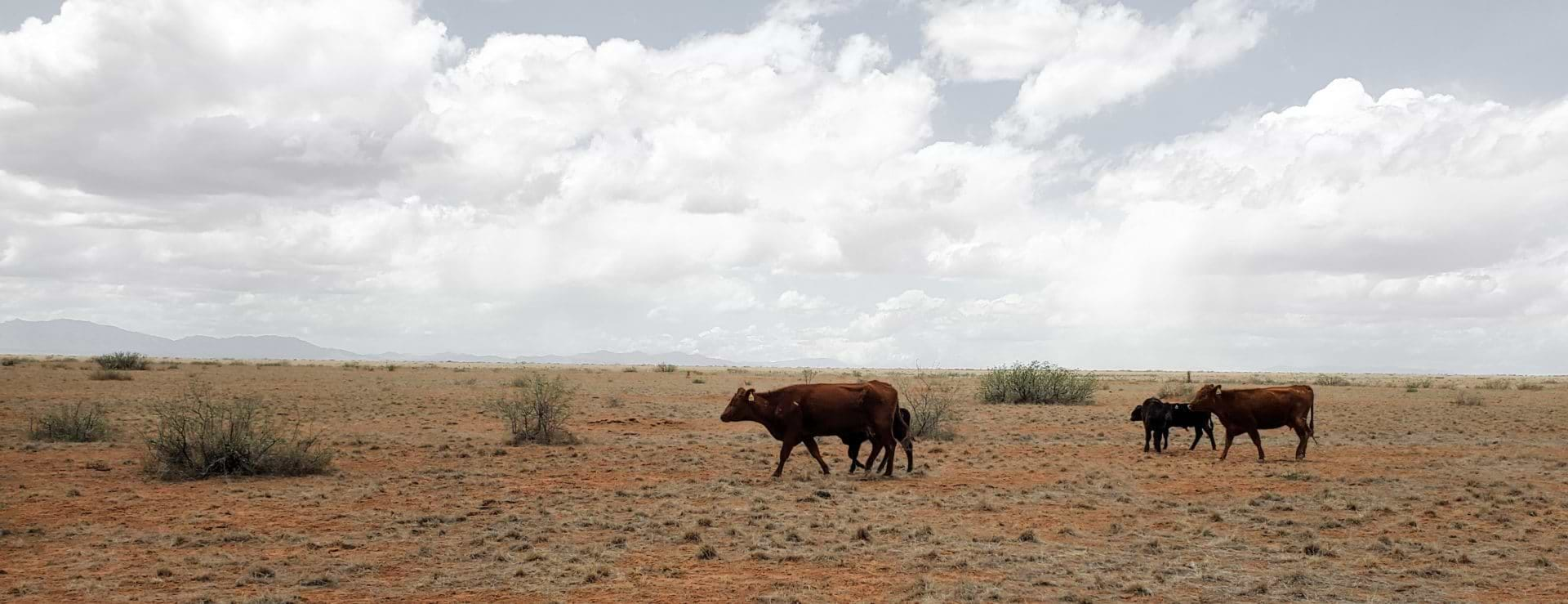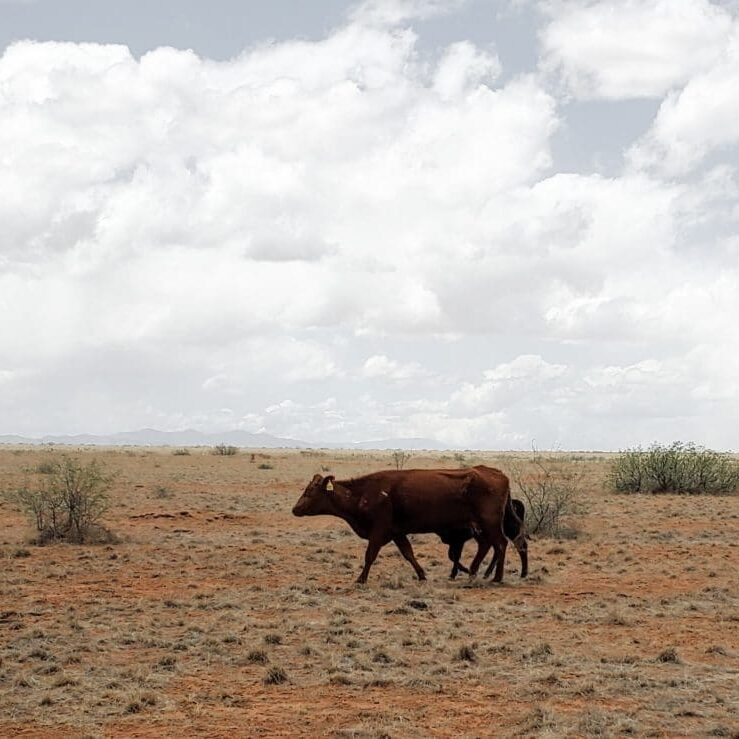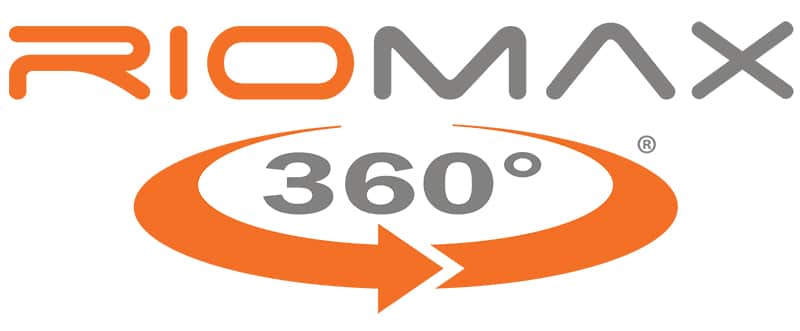Last updated on October 11th, 2023 at 08:59 am
Here’s a new version of an old saw: You can’t manage what you don’t prepare for.


But the old saw still applies. When it comes to managing drought, it’s helpful to measure a few things. That’s where a drought plan can help.
A survey of Northern Plains ranchers who endured a 2016 flash drought found of the 250 respondents, 59% had an “If-Then” drought plan, according to an article in the journal Rangeland and Ecological Management. “Ranchers with drought plans were more likely than others to destock through some means due to drought conditions in 2016, controlling for operational factors, drought severity and any type of drought early warning information,” wrote Tonya Haigh, rural sociologist with the National Drought Mitigation Center (NDMC) in Lincoln, Nebraska.
If you’re part of the 59%, congratulations. You can use these seven steps, courtesy of NDMC, as a benchmark to stress-test your plan.
If you don’t have a drought plan, consider putting one together. These seven steps will help you get through this drought. More importantly, they’ll help you prepare for the next one.
Step 1: Draft your Team
Begin your drought planning journey by forming a group of advisors and mentors. Involve family members, your banker, and folks with knowledge of range management, business, and marketing.
Step 2: Nail Down a Ranch Vision and Strategic Objectives
This may sound like corporate mumbo-jumbo, but it’s good to have an idea of where the business is headed. That’s the vision. Strategic objectives are how you’re going to get there.
A valuable exercise in this process is a SWOT—Strengths, Weaknesses, Opportunities, Threats. Thinking through this process helps in your strategic planning as well as in drought planning and preparedness.
See the example below to get your own ideas flowing.

Step 3: Take Inventory of Ranch Resources
This is where the old saw that you can’t manage what you don’t measure kicks in. An inventory of resources helps you and your partners know what you have to work with, according to NDMC.
“An inventory may include average precipitation and extremes; forage and range resources such as ecological site information, range condition and production, and other feed sources; herd resources such as AUs throughout the year and feed needs; water capacity to support the grazing system; financial strengths and weaknesses; and human resources such as family members' interests and abilities as well as hired labor resources and capacity,” NDMC says.
Step 4: Identify Critical Dates and Target Conditions
These become the bones of your drought plan. Look at the midpoints of rapid growth windows for the dominant cool-season and warm-season grasses in your pastures. These are your critical dates for implementing different phases of your drought management plan. Work with Extension, NRCS, and your team to identify the earliest possible indicators of forage deficits.
“Many semiarid rangelands are composed of mixtures of cool and warm-season species. Consequently, it is often helpful to select two or more critical dates when most species of each growth-season category have headed to evaluate the contribution of each component to total herbage production,” according to NDMC.
Step 5: Monitor Your Resources
This is where horse hooves, ATV tires, and boots hit the ground. Using your critical dates as hard stops, scout your pastures so you know what’s happening on the ground. If you can, maintain precipitation and grazing records for each pasture each year.
Here’s an idea of what you’re looking for, according to NDMC:
- Monitor precipitation and forage availability on critical dates or more frequently.
- Monitor residual forage after moving animals out of pasture, and keep livestock grazing records throughout the season as animals are moved.
- Monitor livestock gain and body condition at critical intervals in production cycle, and monitor livestock markets as needed to meet ranch objectives.
- Range condition, including scouting for indicator species and assessing hydrologic condition of rangeland, should be monitored annually, along with water resources and financial health.”
Step 6: Develop Strategies to Prepare, Respond and Recover from Drought
In addition to helping you deal with drought, a drought plan includes strategies for what to do before and after a drought. Every operation is different, so thinking through the feasibility, impact, and cost: benefit ratio of each potential management option will help identify the strategies that work best for your operation.
“As you think through management options that you might take before, during, and after drought, you may want to consider whether it moves you toward your goals, whether it is feasible in light of your ranch inventory, whether others have found it be make a real difference, and whether the benefits outweigh the costs of the actions,” NDMC advises.
Step 7: Implement and Evaluate Your Ranch Drought Plan
When you’re in the middle of a drought, it’s often hard to step back and take a critical look at how well your plan worked. There will be time for that later. If drought is pending or has already sunk its claws into your pastures, implement the plan. And don’t second guess it.
When the precipitation returns, then take some time to evaluate how well your plan worked. Are you satisfied with how you managed through the drought using your plan? Would you make any changes?
If you are doing ongoing monitoring of your finances, range, and livestock, you will have a much easier time answering these questions, as you will be able to see trends appearing, according to NDMC.




